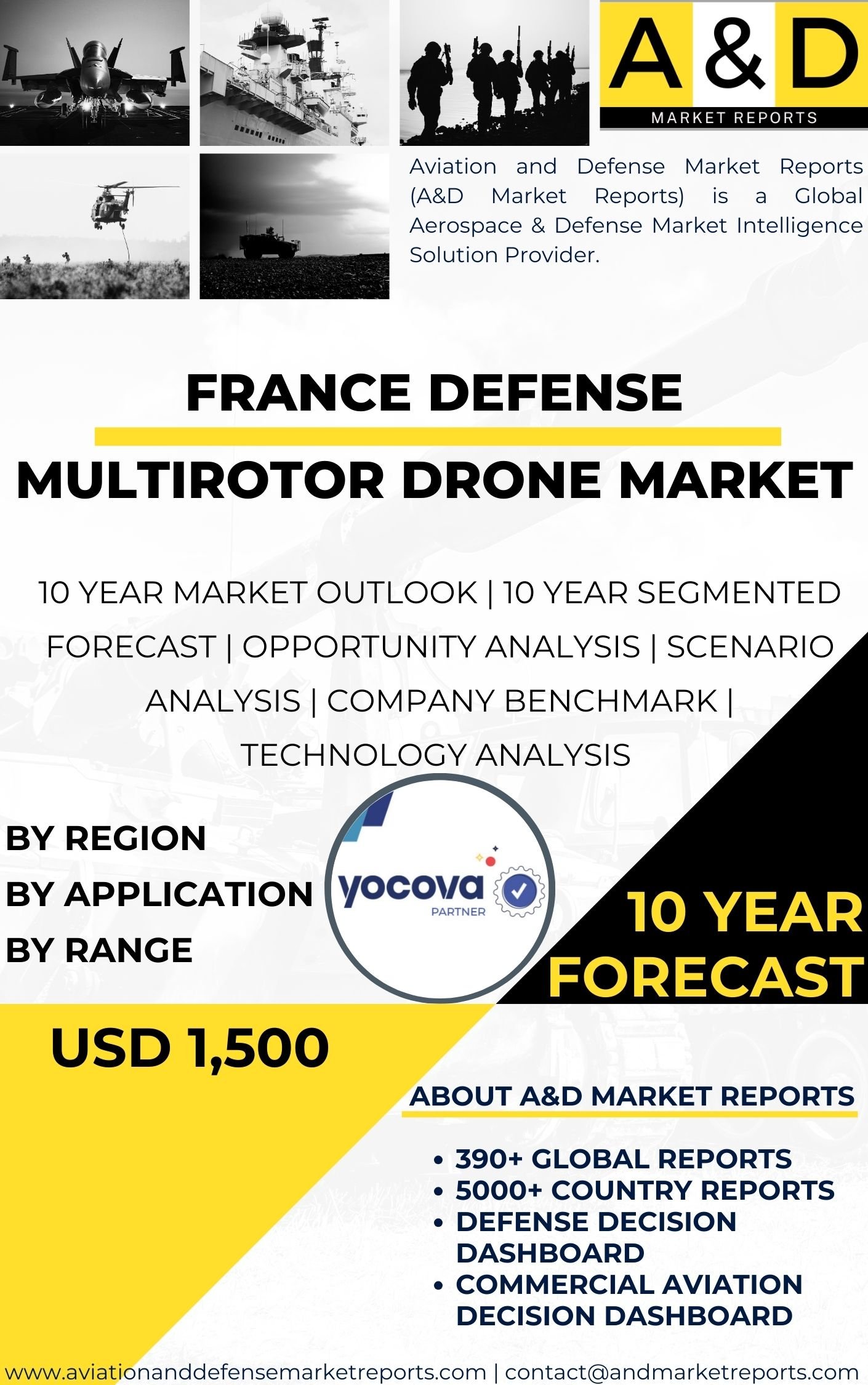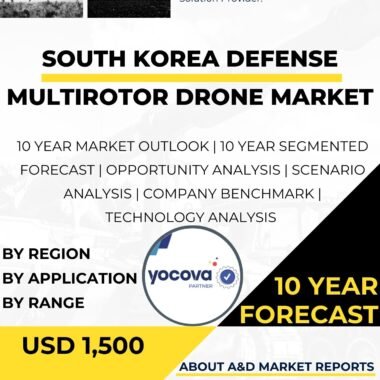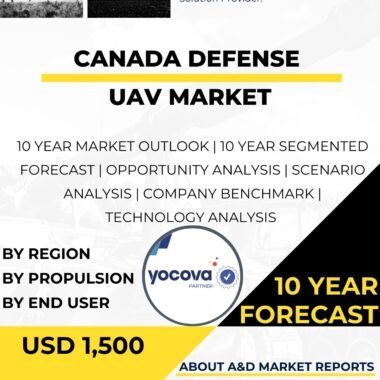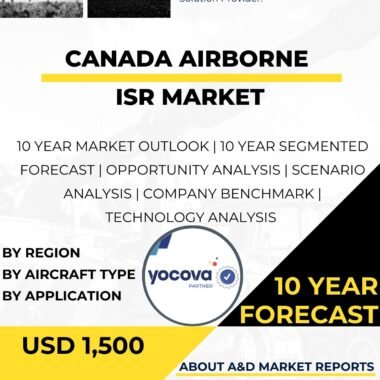Description
In recent years, France has been at the forefront of developing cutting-edge military technologies, and its foray into the field of multirotor drones is no exception. Multirotor drones, also known as quadcopters, have emerged as versatile and efficient unmanned aerial vehicles (UAVs) with a myriad of defense applications. These drones, equipped with multiple rotors for vertical takeoff and landing capabilities, have garnered significant interest from the French military for their agility, flexibility, and reconnaissance capabilities.
The development of France’s multirotor drones was initiated as part of the country’s effort to modernize its defense capabilities and bolster its intelligence, surveillance, and reconnaissance (ISR) operations. The primary goal was to create a fleet of UAVs that could complement and augment existing manned aircraft, providing real-time intelligence in complex and dynamic operational environments.
One of the most prominent French multirotor drone programs is the “Drone de Renseignement et d’Appui au Contact” (DRAC). Developed by the French aerospace company Airbus, DRAC is a high-endurance, multirotor UAV designed to support troops engaged in ground operations. The drone is equipped with state-of-the-art sensors, including high-definition cameras and infrared imaging, enabling it to provide invaluable situational awareness to ground forces and contribute to precision targeting.
To ensure the success of its multirotor drone programs, France has invested significantly in research and development, forging partnerships with leading technology companies, research institutions, and universities. These collaborations have facilitated the integration of advanced technologies, including artificial intelligence (AI) algorithms for autonomous flight, obstacle avoidance, and target recognition.
In addition to their ISR capabilities, French multirotor drones have been adapted for various other defense roles. The French Armed Forces have deployed these UAVs for monitoring border security, conducting aerial surveys, and supporting counter-terrorism operations. Their ability to operate in confined spaces and tight urban environments makes them highly effective tools for missions that might be too risky for manned aircraft.
France’s multirotor drones have also been integrated into the Navy and Air Force. The French Navy utilizes these UAVs for maritime surveillance, anti-piracy operations, and supporting naval vessels during missions. In contrast, the French Air Force leverages them for reconnaissance missions and enhancing the overall situational awareness of their aerial operations.
In the realm of counter-terrorism and law enforcement, multirotor drones have been instrumental in tracking and neutralizing threats. Their ability to rapidly deploy and maintain persistent surveillance makes them invaluable assets in monitoring and responding to potential security breaches.
Apart from their military applications, France has also recognized the importance of civilian applications for multirotor drones. The country has established regulations and guidelines to govern the safe and responsible use of these UAVs, encouraging their adoption in various sectors such as agriculture, environmental monitoring, and disaster response.
However, the development of multirotor drones has not been without challenges. One of the primary concerns is related to cybersecurity, as adversaries may attempt to compromise the drone’s communication systems or take control of the aircraft remotely. France has invested in robust encryption and security measures to mitigate these risks and safeguard the integrity of its drone operations.
Moreover, as drone technology continues to evolve rapidly, there is a need for continuous research and development to stay ahead of potential adversaries and exploit emerging opportunities fully. France remains committed to investing in innovation, ensuring that its multirotor drone capabilities remain at the cutting edge of technology.
In conclusion, France’s defense multirotor drones represent a significant advancement in the country’s military capabilities. With their versatility, agility, and ISR capabilities, these UAVs have proven to be invaluable assets for the French Armed Forces in various operational scenarios. From supporting ground troops to enhancing maritime and aerial surveillance, these drones have demonstrated their effectiveness across a spectrum of defense and security applications. As France continues to push the boundaries of drone technology, it is poised to maintain its position as a global leader in the field of unmanned aerial systems.




